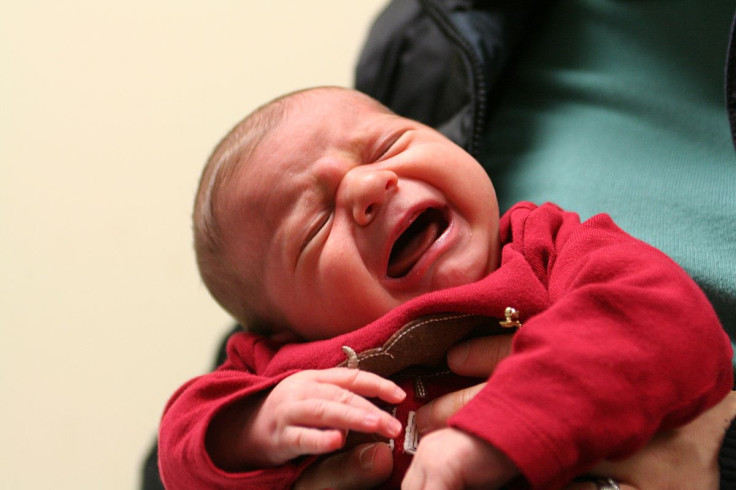Baby’s Cry May Reveal Autism Risk

Researchers believe that the cry of babies may be used to detect autism risk. If their findings hold true in other studies, that could be welcome news for many families and doctors, who are generally unable to diagnose autism spectrum disorder in children before the age of two.
The study, published in the journal Autism Research, was conducted by researchers from the Brown Alpert Medical School in Rhode Island and from the University of Pittsburgh in Pennsylvania. The small study examined 21 infants who were considered to be at risk for autism because they had siblings who had been diagnosed with the disorder. The remaining 18 babies were used as controls and were not considered to be at risk.
At six months old, all the babies were videotaped so that researchers could collect voice samplings. During a 45-minute window, all of the babies cried.
Researchers then separated the cries into different categories, like pain if the baby fell. The researchers analyzed the babies' pain-related wailings using a computerized acoustic analysis.
Babies' cries have been used before, so the link is not completely out of left field. In fact, babies' cries have been linked to brain development. Babies who suffered trauma during birth tend to have higher-pitched wails; babies with Down syndrome generally make lower-pitched vocalizations. Older children diagnosed with autism tend to make sing-songy sounds, so researchers wondered if they could spot that trait in babies.
Indeed, researchers did find a difference between the two groups. The at-risk babies' cries had a rougher, less clear quality, indicating tenseness in the vocal cords. The at-risk babies' cries were also higher and varied more wildly in pitch. By the time the children were three years old, three of them had been diagnosed with autism spectrum disorder. Those three children had the highest-pitched cries of the group.
Researchers are not yet clear whether the difference can be spotted by the human ear, so they do not believe that parents should be paying particular attention to the pitch of their newborns' cries. However, the findings certainly warrant a follow-up, since the classic symptoms of autism, like difficulty interacting with others, make it hard to get a diagnosis before the age of two.
What's clear is that spotting the condition early may mean better interventions to better children's quality of life. "Autism seems to be a disorder that starts subtle and magnifies with age," Stephen Sheinkopf said to TIME magazine. "The earlier we can intervene, the more long-term changes we can make to the benefit of the child," he added.
Published by Medicaldaily.com



























